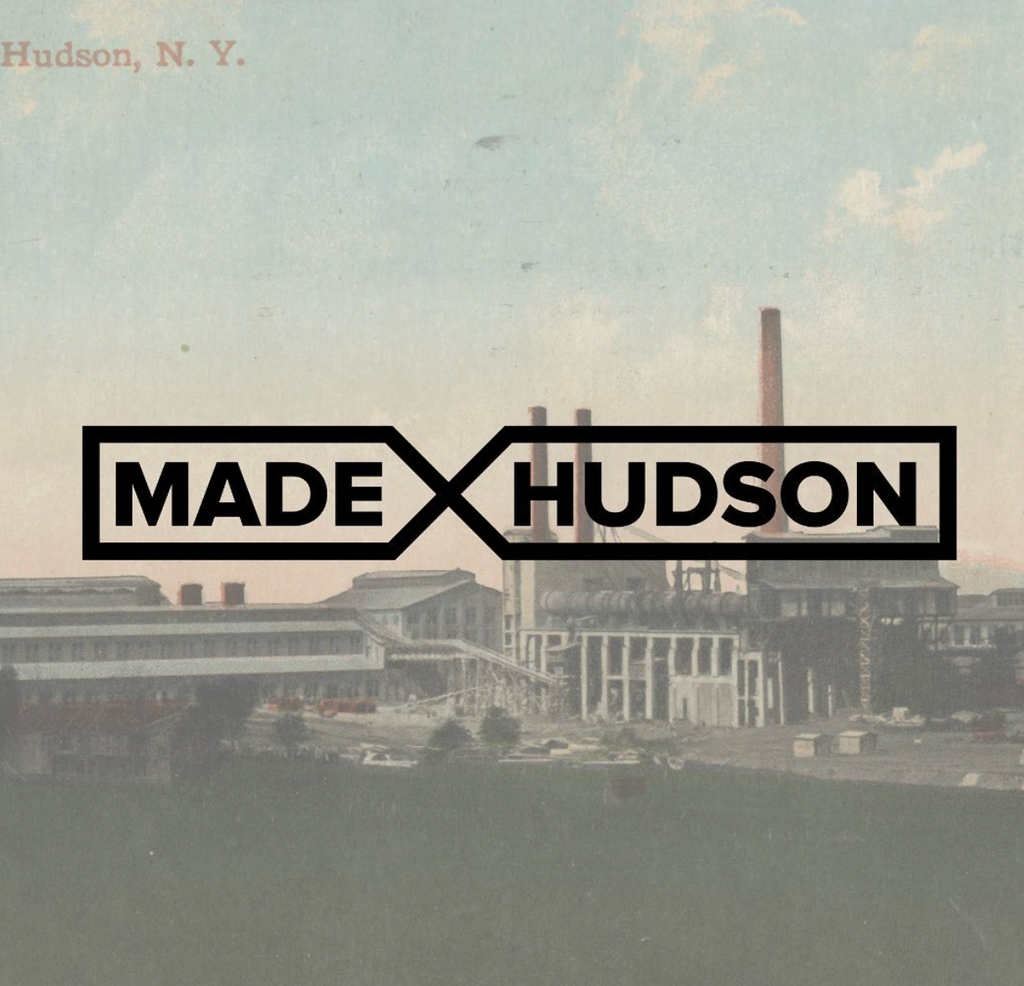For many of us, fast fashion became a way of life sometime in the early aughts. Thanks to the prevalence and affordability of cheap chic manufactured overseas using low-paid workers in poor conditions and made largely from inexpensive synthetic fibers, toxic dyes and processes often consuming enormous amounts of water and energy, buying a new wardrobe regularly was normalized. Staying on top of haute couture trends was no longer something just a lucky few celebrities and fashion editors did; it was something anyone with $20 could do. But it is becoming increasingly clear that all this cheap fun is costing quite a bit in terms of creating a grim future for our oceans and planet and no-win conditions for workers swept up in the making of all the latest trends. (For more details, read our Sidebar: Fast Facts on Fast Fashion below).
Enter small-scale manufacturers like Made X Hudson. Made X was created to develop small-batch, high quality, soft good manufacturing that prioritizes labor practices and harvests the creative design talent in the Hudson Valley.
Founded by pro seamstress Sabina Clason, product developer Sirpa Cowell, startup expert Eric De Feo, strategy expert Jane Trombley and fashion maestro Sergio Guadarrama (who helped create Billy Porter’s iconic 2019 Tony Awards gown made from the upcycled Kinky Boots curtain), Made X Hudson is one of the most exciting and audacious fashion companies around.
We sat down with De Feo to find out more about the beautiful fashion future the team envisions stitching together. Read on for insight.
NEW YORK MAKERS: What has Made X Hudson set out to do?
ERIC DE FEO: Our mission is to create fashion that is ethically made and good for the planet. By creating products locally we’re lowering the carbon footprint, and eliminating polluting wastes from textile and labor issues. We’re very mindful of sourcing and thinking about our impact along the supply chain.
NYM: How and when did the Make X Hudson team come together?
EDF: I run a local incubator out of Hudson and one of the local designers, Sergio, approached me because he saw the need for small-batch production. I agreed that there is a huge need for people who want to scale up their production. We officially launched in May and have already worked with 15-20 brands.
NYM: What makes you different from other clothing factories?
EDF: Typically, if you want to produce clothes in America or abroad, they want you to produce 500 units or more. We’re accommodating indie brands that want to do lower volume and isn’t “throwaway”. We do custom projects, production runs of 24-300 units, and specialty one-offs that are couture. We’re mostly accommodating local designers looking to scale up their businesses.
NYM: What are the challenges?
EDF: There is a skill-gap issue because so much of this labor has been outsourced [overseas]. We are willing to work with people who have been sewing at home for years but want to learn industrial sewing, and up their professional skill level. We’ve created a creative cooperative of sewers who come in and work with us. It keeps things interesting and dynamic; and, produces all kinds of inspiring projects.
NYM: What type of designer do you work with?
EDF: We are now working with several brands in the Hudson Valley, and, as a Council of Fashion Design of America (CFDA) approved factory, we are also getting interest from small designers across the country because we’re one of the only small-scale factories in America working with indie labels. A lot of our designers sell direct-to-consumer, via e-commerce or through small boutiques locally.
NYM: Anything you’re super inspired or hopeful to tackle in the coming year?
EDF: We are excited to be a creative hub for Main Street businesses because there are very few businesses focused on indies scaling up. There’s a lot of money being thrown at venture tech companies, but there isn’t a lot of help being given to small businesses that want to grow in a reasonable way.
SIDEBAR: Fast Facts on Fast Fashion:
(Gathered from Earth.org , Oxfam, UNICEF & the U.N.)
The fashion industry is responsible for between 2 and 8% of all global carbon emissions.
If we don’t change our consumption patterns, by 2050, the fashion industry will gobble up 25% of all global carbon emissions.
Textiles account for 9% of all microplastic losses to the oceans.
It takes 2,000 gallons of water to make one pair of jeans on average.
Thrown out clothing produces an estimated $500 billion worth of waste every year.
About 20% of wastewater around the world comes from textile dyeing.
Since 2000, clothing sales have doubled from 100 to 200 billion units per year.
Since 2000, the average number of times an item of clothing was worn decreased by 36%.
Workers rights violations are common in off-shore factories for fast fashion.
0% and 1% of Vietnamese garment workers earn a living wage. Paying a living wage would likely only increase the price of a garment by 1%
60% of workers at mills in India were under 18 when they started working.
An estimated 170 million children (11% of the global population) are engaged in harmful labor practices, many of which are in the fast fashion industry.
At least 6 million children are involved in forced labor.


Leave a comment